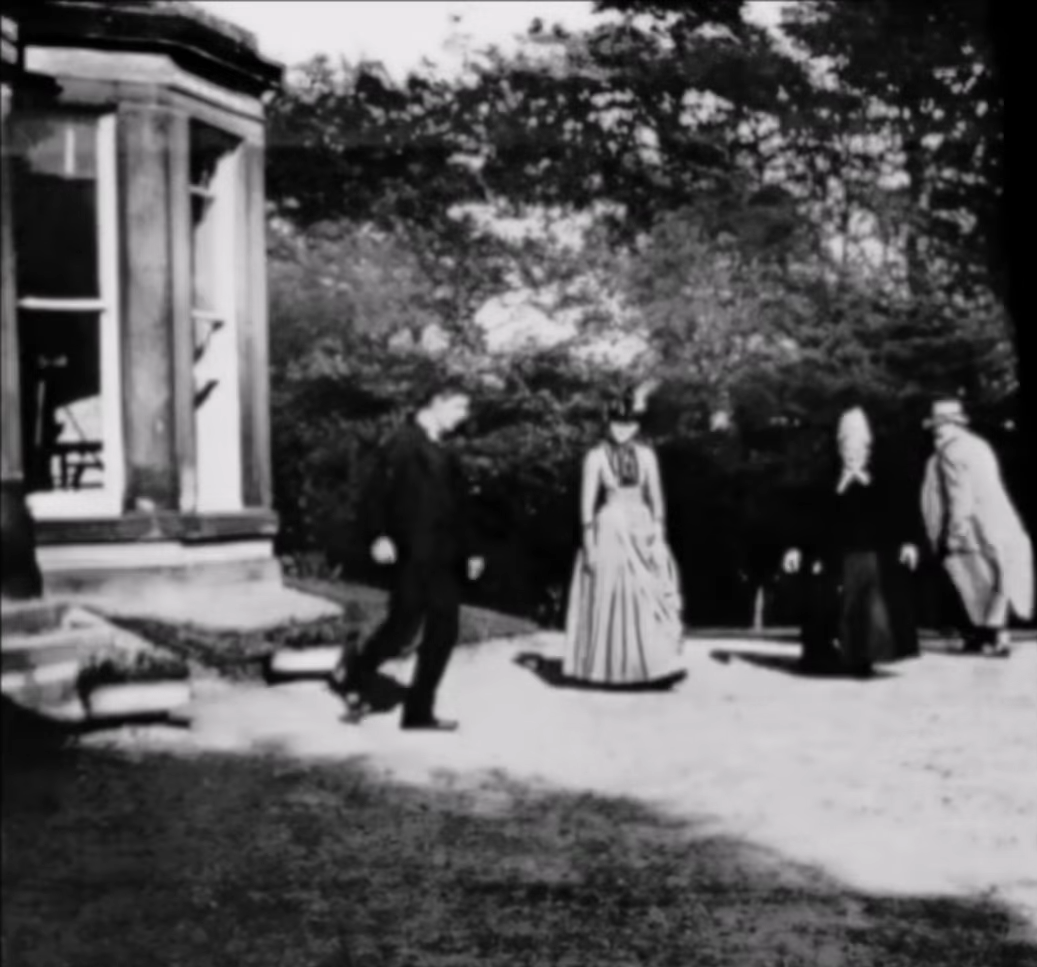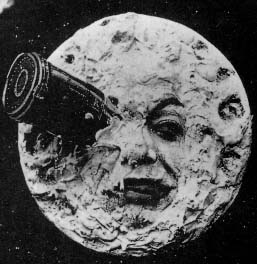|
Mother Mary (1983 Film)
''Mother Mary'' () is a 1983 Soviet biopic written and directed by Sergey Kolosov and starring Lyudmila Kasatkina. It is loosely based on real life events of poet Maria Skobtsova. It was entered into the main competition at the 40th edition of the Venice Film Festival. Plot The film tells the story of a bright and tragic fate of the Russian poet Elizaveta Yurevna Kuzmina-Karavayeva, in 1920 she emigrated to France and became a nun under the name of Mary. The shelter-based support it found many disadvantaged Soviet emigres. During the Second World War, Maria has become one of the heroines of the French Resistance. Cast * Lyudmila Kasatkina as Elizaveta Yurievna Kuzmina-Karavayeva * Leonid Markov as Daniel Skobtsov * Igor Gorbachyov as Bunakov-Fondaminsky * Veronika Polonskaya as Sofia Pylenko * Yevgeniya Khanayeva as Madame Langeais * Vaclav Dvorzhetsky as Nicolaevsky * Alexander Timoshkin as Jura * Natalya Bondarchuk as Nina * Alexander Lebedev Ale ... [...More Info...] [...Related Items...] OR: [Wikipedia] [Google] [Baidu] |
Sergey Kolosov
Sergey Nikolayevich Kolosov (; 27 December 1921 – 11 February 2012) was a Soviet and Russian film director, screenwriter, and pedagogue. People's Artist of the USSR (1988). Biography He was born in Moscow into a family of actors Nikolai Alekseyevich Kolosov-Mayevsky and Lyubov Isidorovna Frank. He participated in the Winter and the Great Patriotic War. From 1948 to 1951, in parallel with his studies in GITIS, he worked as an assistant director in the Russian Army Theatre. From 1952 to 1955, he worked as the director of the Moscow Theater of Satire. In 1955, he went to work in a film studio Mosfilm and debuted in the cinema film ''Soldier's Heart'' in 1958. In 1964, Kolosov as a director took the first Soviet television serial film ''Call Fire for Ourselves'', in which the main role was played by his wife Lyudmila Kasatkina. At the end of the 1970s, Kolosov became a teacher at the Faculty of Journalism of Moscow State University (Department of Television and Radio Broadca ... [...More Info...] [...Related Items...] OR: [Wikipedia] [Google] [Baidu] |
1983 Drama Films
1983 saw both the official beginning of the Internet and the first mobile cellular telephone call. Events January * January 1 – The migration of the ARPANET to Internet protocol suite, TCP/IP is officially completed (this is considered to be the beginning of the true Internet). * January 6 – Pope John Paul II appoints a bishop over the Czechoslovak exile community, which the ''Rudé právo'' newspaper calls a "provocation." This begins a year-long disagreement between the Czechoslovak Socialist Republic and the Vatican City, Vatican, leading to the eventual restoration of diplomatic relations between the two states. * January 14 – The head of Bangladesh's military dictatorship, Hussain Muhammad Ershad, announces his intentions to "turn Bangladesh into an Islamic state." * January 18 – United States Secretary of the Interior, U.S. Secretary of the Interior James G. Watt makes controversial remarks blaming poor living conditions on Indian reservation, Native American re ... [...More Info...] [...Related Items...] OR: [Wikipedia] [Google] [Baidu] |
Films Scored By Alexey Rybnikov
A film, also known as a movie or motion picture, is a work of Visual arts, visual art that simulates experiences and otherwise communicates ideas, stories, perceptions, emotions, or atmosphere through the use of moving images that are generally, since the 1930s, Sound film, synchronized with sound and (less commonly) other sensory stimulations. Etymology and alternative terms The name "film" originally referred to the thin layer of photochemical emulsion on the celluloid strip that used to be the actual Recording medium, medium for recording and displaying motion pictures. Many other terms exist for an individual motion-picture, including "picture", "picture show", "moving picture", "photoplay", and "flick". The most common term in the United States is "movie", while in Europe, "film" is preferred. Archaic terms include "animated pictures" and "animated photography". "Flick" is, in general a slang term, first recorded in 1926. It originates in the verb flicker, owing to ... [...More Info...] [...Related Items...] OR: [Wikipedia] [Google] [Baidu] |
Films Set In 1920
A film, also known as a movie or motion picture, is a work of visual art that simulates experiences and otherwise communicates ideas, stories, perceptions, emotions, or atmosphere through the use of moving images that are generally, since the 1930s, synchronized with sound and (less commonly) other sensory stimulations. Etymology and alternative terms The name "film" originally referred to the thin layer of photochemical emulsion on the celluloid strip that used to be the actual medium for recording and displaying motion pictures. Many other terms exist for an individual motion-picture, including "picture", "picture show", "moving picture", "photoplay", and "flick". The most common term in the United States is "movie", while in Europe, "film" is preferred. Archaic terms include "animated pictures" and "animated photography". "Flick" is, in general a slang term, first recorded in 1926. It originates in the verb flicker, owing to the flickering appearance of early films. ... [...More Info...] [...Related Items...] OR: [Wikipedia] [Google] [Baidu] |
Films About Nuns
A film, also known as a movie or motion picture, is a work of Visual arts, visual art that simulates experiences and otherwise communicates ideas, stories, perceptions, emotions, or atmosphere through the use of moving images that are generally, since the 1930s, Sound film, synchronized with sound and (less commonly) other sensory stimulations. Etymology and alternative terms The name "film" originally referred to the thin layer of photochemical emulsion on the celluloid strip that used to be the actual Recording medium, medium for recording and displaying motion pictures. Many other terms exist for an individual motion-picture, including "picture", "picture show", "moving picture", "photoplay", and "flick". The most common term in the United States is "movie", while in Europe, "film" is preferred. Archaic terms include "animated pictures" and "animated photography". "Flick" is, in general a slang term, first recorded in 1926. It originates in the verb flicker, owing to ... [...More Info...] [...Related Items...] OR: [Wikipedia] [Google] [Baidu] |
Films About The French Resistance
A film, also known as a movie or motion picture, is a work of visual art that simulates experiences and otherwise communicates ideas, stories, perceptions, emotions, or atmosphere through the use of moving images that are generally, since the 1930s, synchronized with sound and (less commonly) other sensory stimulations. Etymology and alternative terms The name "film" originally referred to the thin layer of photochemical emulsion on the celluloid strip that used to be the actual medium for recording and displaying motion pictures. Many other terms exist for an individual motion-picture, including "picture", "picture show", "moving picture", "photoplay", and "flick". The most common term in the United States is "movie", while in Europe, "film" is preferred. Archaic terms include "animated pictures" and "animated photography". "Flick" is, in general a slang term, first recorded in 1926. It originates in the verb flicker, owing to the flickering appearance of early films. ... [...More Info...] [...Related Items...] OR: [Wikipedia] [Google] [Baidu] |
Soviet World War II Films
The Union of Soviet Socialist Republics. (USSR), commonly known as the Soviet Union, was a List of former transcontinental countries#Since 1700, transcontinental country that spanned much of Eurasia from 1922 until Dissolution of the Soviet Union, it dissolved in 1991. During its existence, it was the list of countries and dependencies by area, largest country by area, extending across Time in Russia, eleven time zones and sharing Geography of the Soviet Union#Borders and neighbors, borders with twelve countries, and the List of countries and dependencies by population, third-most populous country. An overall successor to the Russian Empire, it was nominally organized as a federal union of Republics of the Soviet Union, national republics, the largest and most populous of which was the Russian SFSR. In practice, Government of the Soviet Union, its government and Economy of the Soviet Union, economy were Soviet-type economic planning, highly centralized. As a one-party state go ... [...More Info...] [...Related Items...] OR: [Wikipedia] [Google] [Baidu] |
1980s Russian-language Films
__NOTOC__ Year 198 (CXCVIII) was a common year starting on Sunday of the Julian calendar. At the time, it was known as the Year of the Consulship of Sergius and Gallus (or, less frequently, year 951 ''Ab urbe condita''). The denomination 198 for this year has been used since the early medieval period, when the Anno Domini calendar era became the prevalent method in Europe for naming years. Events By place Roman Empire *January 28 ** Publius Septimius Geta, son of Septimius Severus, receives the title of Caesar. **Caracalla, son of Septimius Severus, is given the title of Augustus. China *Winter – Battle of Xiapi: The allied armies led by Cao Cao and Liu Bei defeat Lü Bu; afterward Cao Cao has him executed. By topic Religion * Marcus I succeeds Olympianus as Patriarch of Constantinople (until 211). Births * Lu Kai, Chinese official and general (d. 269) * Quan Cong, Chinese general and advisor (d. 249) Deaths * Li Jue, Chinese warlord and r ... [...More Info...] [...Related Items...] OR: [Wikipedia] [Google] [Baidu] |




